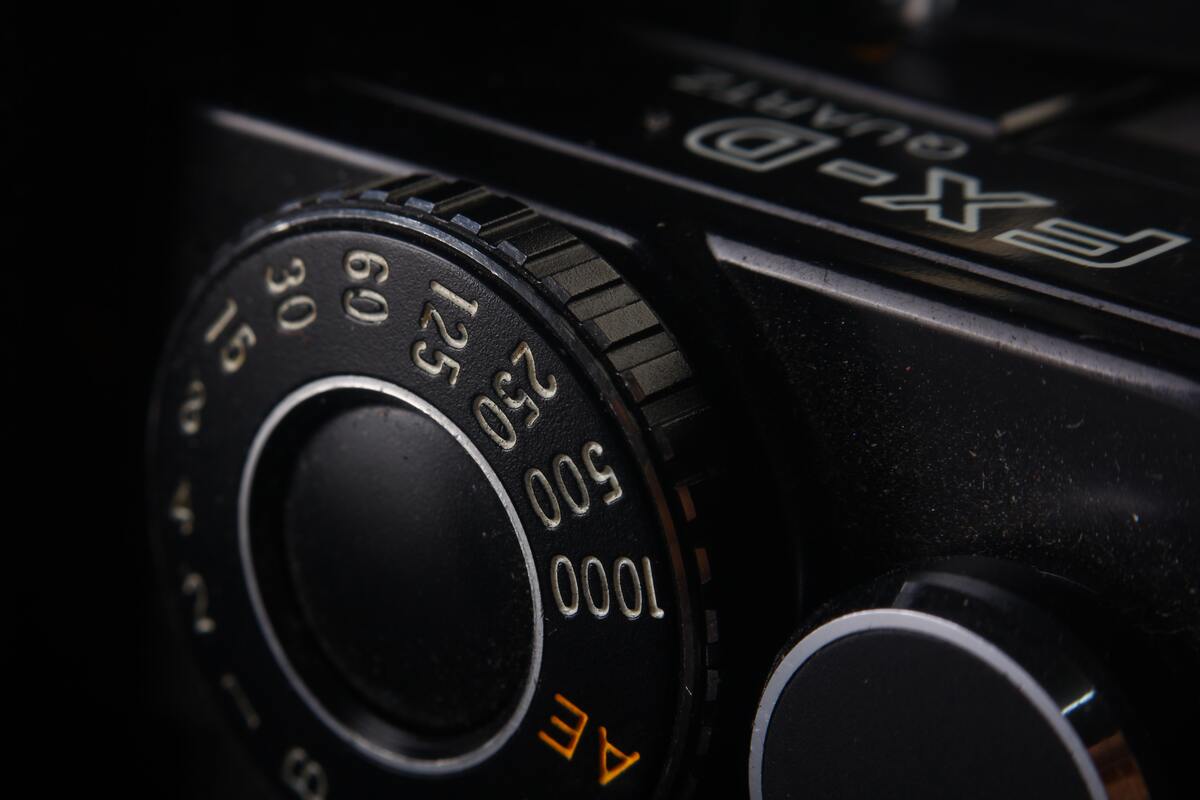Breaking Down the Concept of a Global Shutter – What It Is & How It Works
Rent film gear from local filmmakers.

Rent film gear from local filmmakers.
If you are unsure what a global shutter is and why it's so valuable, don't worry- we've got you covered.
In short, global shutters enable cameras to read the entire sensor in one go, which helps prevent various issues.
Read on to find out what a global shutter is and why and how you should be using it.
Want to get your hands on a global shutter of your own? Rent or subscribe to a camera with a global shutter.

What is a global shutter?
Most modern CMOS sensors use rolling shutters- this refers to how the sensor scans the image.
Images are scanned in sequence with a rolling shutter: line by line, top to bottom. This means that not all of the data or information is checked simultaneously.
Meaning that artifacts are possibly introduced if there is enough motion across the frame while the capturing is happening.
By reading the whole sensor in one go, global shutters eliminate this issue entirely.
Global shutters aren't the best- rolling shutters tend to have better dynamic range and noise issues.
Here are some of the main advantages of global shutters:
Advantages of a global shutter
- Ideal for motion photographers. Its sensor captures one point in time without artifacts or bleeding.
- High frame rates and high-resolution images.
- Images are crystal-clear, even if you’re working with short exposures.
- The high quantum efficiency of up to 70%.
What is an electronic shutter?
This is a system used to expose the sensor. Electronic shutters don't use any physical parts and rely on the camera instead.
The sensor will turn pixels on and then switch them off when the correct exposure time has passed. A faster shutter speed will mean that these pixels come on and off quicker.

What is a rolling shutter?
A rolling shutter is exposed in progressive motion. When exposed, the sensor reads data row by row, hence 'rolling' down or up sensor rows.
Each row will take a certain amount of time to read out, known as the 'line time.' The resulting image will have time delays between each row, which we aren't very fond of.
This time delay can really show, especially when working with larger sensors or quickly moving subjects.
What is a mechanical shutter?
Most cameras today use a mechanical shutter. These are the physical blades placed in front of the sensor, opening and closing depending on your shutter speed.
These are used only for exposing the scene- they play no part in how the sensor reads information.
As you increase the shutter speed, the shutters will no longer open completely. This is how banding occurs across images when shooting at fast shutter speeds and using flash.
Why are global shutters useful?
Despite the manufacturing process of the global shutter's sensor being complex, it can capture high-speed moving objects without distortion. Its application is way more extensive and comprehensive too.
Using a global shutter will mean there is way less distortion or warping when shooting in motion. It will also decrease wobbling effects if you are shooting a video.
Another advantage is that global shutters allow cameras to operate without shutter blades- one of the key failure points in various cameras.
Flash sync would also become easy- if sensor readout occurs at one point, then flash sync can be achieved at any shutter speed. No more high-speed sync features are necessary!
How does a global shutter work?
Here is a quick breakdown of how a global shutter works:
The sensor here exposes all lines of an image at the same time. This literally 'freezes' the moving object in its place.
This prevents distortions, especially with chaotically moving subjects. Making global shutters ideal for applications with rapid movement sequences.
Global shutters are often called electronic shutters since they have no physically moving parts. Its sensor controls incoming light to all photosites simultaneously. Therefore, all photosites are either equally closed or equally open at any point.
Global shutters can work by abrupt exposure then obstructing all photosites at once. This is called a hard shutter. It can also do this gradually as a soft shutter.

Up next: What is rolling shutter
Hopefully, you got a comprehensive understanding of what a global shutter is. Next stop... Rolling shutter. Explore everything you need to know about rolling shutter here.
Are you eager to learn more about the world of cameras? Well, there's much more to explore.
Head over to our page on the camera equipment for all the know-how you need.
What is a global shutter?
A global shutter makes a camera’s sensor read the information of an entire image in one go. This helps prevent distortions and wobbling, especially when capturing motion shots.
How does a global shutter work?
The sensor on a global shutter exposes all of an image at once. This literally 'freezes' the moving object in its place- you are capturing one moment in time with this shutter.
Which cameras have global shutter?
A lot of Panasonic cameras use a global shutter. If you’re looking for specific names, the Andor's Balor, Neo, and Zyla sCMOS cameras are some great choices.






















